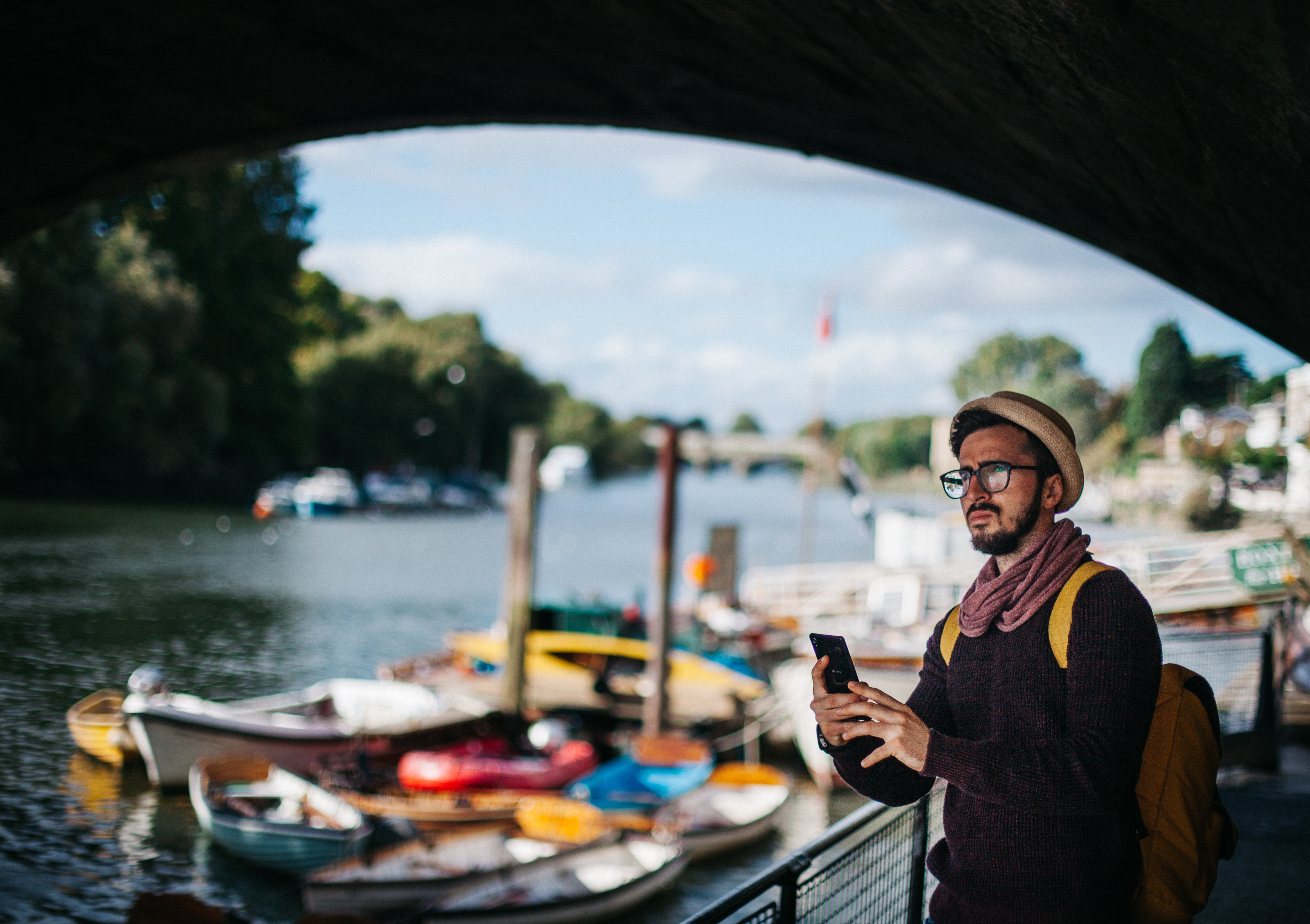Half of your prospective customers are likely to already be on site. Sounds like a lot, doesn't it?
According to recent studies, 48% of experiences are booked in-destination (Google/Greenberg, 2019)
When publishing the Travel Trends Report 2019, we found that last minute bookings were the no. 1 travel trend experienced among tour operators internationally. An addition, we noticed a clear pattern in our own TrekkSoft booking data: Tours and activities which last 1 to 3 hours tend to be booked in-destination or just before arrival.
This blog outlines mobile optimisation as a conversion strategy to drive in-destination bookings. For more booking tools you can download our Simple Guide: Increase Bookings In-Destination.
Discovery
As of June 2017, EU banned roaming surcharges, allowing holidaymakers within these countries to use their mobile phones - including data services - as if they were at home.
In other words, travellers are likely to stay connected throughout the trip and use their mobile phones for research and discovery of their chosen holiday destination - including things to do.
In fact, mobile devices are by far the preferred means of tour and activity research, representing 54% of relevant searches that happen in-destination. (Google, 2019)
According to findings from our Travel Statistics Report 2019-2020, travel-related mobile searches for “tonight” and “today” have grown over 150% only within a 2-year period. In order to stay locally competitive and visible to nearby holidaymakers, having a mobile optimised website is key.
You can increase your chances of receiving web traffic through optimising your website accordingly. What keywords are relevant to your activities and local region? Are your images the appropriate size to load quickly on mobile? A few tweaks can go a long way!
You can download a handy SEO checklist here.

Long-gone are the foldable paper maps. With search fields, street views and route suggestions, it is not surprising that that 90% of travellers have used navigation apps on their phone whilst travelling. (Skift, 2018)
With Google Maps being one of the top navigation apps, having a Google Business listing is a great way to appear on the traveller’s radar (quite literally!) along with other locally listed businesses.
Make the most of your listing through the use of an attractive description of your business along and links to your website.
In this blogpost we have listed 5 tips for optimising your Google Business listing for lead generation.
Conversion
According to Google, 48% of experiences are booked once travellers reach their destination - and a majority of those searches happen on a mobile device.
Think of it this way: unless your website and booking process are mobile optimised, you may be losing out on almost half of your potential customers.
By creating a smooth and fit-for-device booking journey on your website, you are likely to avoid this scenario whilst your parallel marketing efforts get a higher return on investment. (If not conversion, what is the point of generating traffic to your website?)
Alongside an attractive tour description, an integrated "book-now" button makes it easy for website visitors to instantly check live availability, reserve a spot, enter special requirements and proceed to check-out in a few simple steps.





